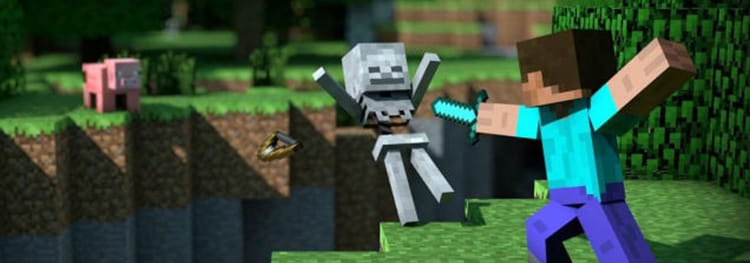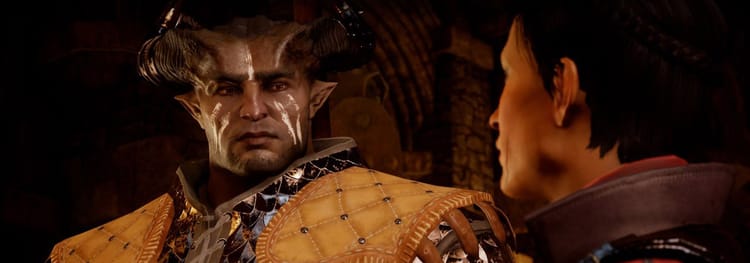Why I Drink the Purple Rain

Bullet hell. The two words raise a number of questions. Where does hell get its ammunition? Is it funneling in weapons of mass destruction through Syria? Is it in cahoots with the CIA? After an eternity of damnation, has the devil grown weary of fire? Has he traded in his pitchfork for a submachine gun? Did he have the lava pits revamped to look like the trenches of World War I? In hell, do they say, “Hell is war?”
Mushihemesama, a bullet-hell shooter from 2004 that was recently localized for the iPhone with the name Bug Princess, doesn’t answer these questions. It does, however, have a few things in common with hell. Its climate is inhospitable, and its boss is a nightmare. The final villain’s first move makes my head spin. Still, this isn’t quite the world’s most difficult boss fight, even though the rather harmless-looking foe unleashes a fountain of bullets that brings to mind the White House on the 4th of July. The patterns are so extravagant that the game stutters, as Apple’s hardware struggles to keep up with the number of bullets on the screen.
It is debatable which videogame has the hardest boss ever, but one that is frequently in the conversation among shooter aficionados is Bug Princess’s sequel, Mushihemesama Futari (no, that isn’t Hawaiian for Merry Christmas), which was released on the Xbox 360 in 2009. I’ve never played Futari, but judging from videos I’ve seen of it on YouTube, I’m inclined to agree. I’m more than happy to watch in awe from the degree of separation provided by my computer monitor. At that point, I’d no longer be playing anyway, but being obliterated repeatedly. As far as I’m concerned, Bug Princess’s final fight is unholy enough. Hard is too modest of a word. The difficulty is along the lines of going in blind to Immanuel Kant’s Critique of Pure Reason.
The games of Cave, the developer of Bug Princess, typically fall into a subgenre of shooters called bullet-hells. They are also known as bullet curtains, manic shooters, and sometimes danmaku, which simply translates to “barrage.” Starting with Space Invaders in the ’70s, shooters kept pushing the envelope until these uncanny beasts were born. They originated in Japanese arcades and never went far. Even among the Japanese, bullet-hells have limited appeal. To most Westerners, they are simply those shooters that are as hard to play as their names are to pronounce. My editor Ryan Kuo calls their complicated scoring systems “baroque.” It’s a fair assessment. The glowing bullets form ornate, often symmetrical, patterns; and the field of play in Bug Princess rests in between two columns, as if it were a Roman chapel dedicated to the Studio Ghibli anime Nausicaä of the Valley of the Wind.
The patterns are so extravagant that the game stutters, as Apple’s hardware struggles to keep up with the number of bullets on the screen.
In a Kotaku review of Espgaluda II, a similar type of shooter by Cave, Stephen Totilo admitted that for him to review the game “was like a vegetarian reviewing meat.” The analogy doesn’t get it right. It would be closer to a person who eats meat reviewing cannibalized flesh, as the concept is unthinkable to the uninitiated. Those who put in the dedication to become competent at bullet-hell shooters are truly the one percent of the one percent. I imagine a subset of the fan base is made up by people like me, who don’t care if they win. I find that doing well in this type of game is almost disappointing. It’s not that I’m a glutton for punishment. I simply enjoy pressing my luck. I like the perverse moment when it seems I’ve gotten a handle on things, only to have the game crush me with a flick of its wrist, as if to say: You ain’t seen nothing yet.
In Bug Princess, that moment comes in the last boss fight, after I’ve triumphantly killed a rhinoceros beetle who could effortlessly crush gaming’s most noted bad guys. GLaDOS, Portal’s anti-heroine AI who is so snarky she could run a gaming blog, wouldn’t have a prayer. Deus Ex’s notoriously tough augmented bullies would fare no better. I’d hedge my bet on a brawl against the beetle and Dark Souls’ vile Chaos Witch Quelaag, a topless vixen twisted into a flame-vomiting spider; but the fantasy epic Skyrim’s fire-breathing wyverns would be instantly turned into bellybutton fluff.
Bug Princess’s overlord looks tame in comparison—a cartoonish mosquito being ridden by a child who scolds me in Japanese. Having bright-eyed anime girls as bosses is a running joke in bullet-hells, as if to rub in how bad you are at them. Then again, it is not really the boss that you are struggling against, but the purple dots that spew forth in front of it, as if baking soda has been dropped in a cup of vinegar. It is typical to exaggerate how hard videogames can be, but there are moments during this boss battle when all you can see is purple on purple, and it is impossible to tell whether the bullets are coming or going. They look like they are undergoing a chemical reaction, before fizzling out at the edge of the screen.
Bump up the difficulty a notch and drowsiness turns into a meditative experience. Take it all the way and it will melt your face off. Somewhere in between lies the perfect balance—but I’m looking to be perfectly annihilated.
I don’t know how anyone can survive it. The only way I am even able to get there is by adamantly abusing continues and the panic button. I have five continues. Each continue nets me three lives. Each life gives me three bombs. If I do the math, that means I have just enough ammo—if I cowardly nuke the screen each time I am targeted by moths with kaleidoscope wings—to reach the final boss with a couple of lives to spare.
I am better at Bug Princess than that would lead you to believe. I play on the highest of nine difficulty modes (Hell Ultra), and my reasoning is this: The harder the game is, the more imposing it becomes. Playing on Normal is a fairly mundane activity, even inspiring a few yawns. Bump up the difficulty a notch and drowsiness turns into a meditative experience. Take it all the way and it will melt your face off. Somewhere in between lies the perfect balance—but I’m looking to be perfectly annihilated. I want to get to a place where I have pushed the game to its limits—where if there was one more bullet on the screen it would be unsolvable; where all I can do is set the iPad aside and say, “Whoa.” That sense of wonder would be lost if I came close to winning.
My fight against the mosquito god goes like this: I drill into it with my guns. After a moment, it releases the first wave of purple bullets, which I occasionally manage to dodge; but things go downhill from there. The boss releases wave after wave of firework explosions. I fall back on my “throw bombs until I die” strategy. Less than a minute later, when I run out of lives, I have depleted a mere one-seventh of its health meter. I know (from watching YouTube) that if I hang on long enough, the difficulty will ramp up again, and the background music will change from techno-pop-rock to the spiritual hymn of a medieval choir. I imagine that, to the highly skilled player, this feels like entering the temple that holds the ark of the covenant.
When I interviewed Sivak, the creator of the homebrew Nintendo Entertainment System game Battle Kid, a game that contains its share of masochistic boss fights, he spoke of the immense joy that comes with defeating a foe after taking it on “190” times. I totally believe it. Yet I derive a different satisfaction from my struggles. It is the same sensation as hanging with Dragonforce’s “Through the Fire and Flames” in Guitar Hero III for a few seconds before my brain folds in on itself and my fingers tie into a sailor’s knot. It is the sensation I had when I was a kid, sitting on the carpet in front of a small television, entering the cheat code in Punch-Out!! so that I could get walloped by Mike Tyson. I’d dodge one or two uppercuts, maybe even getting a jab in, before he started hammering me with his fists. I’d become overwhelmed, and my puny boxer would collapse off of the screen. It’s the same with Bug Princess. This fucking mosquito’s devastating swirls of purple bullets are too powerful to be withstood—too complex for me to understand. But I’m fine with that. I might even feel let down if I won. Who wants to be the boss of hell anyway??
?Photograph by Jun Ichijoh?



